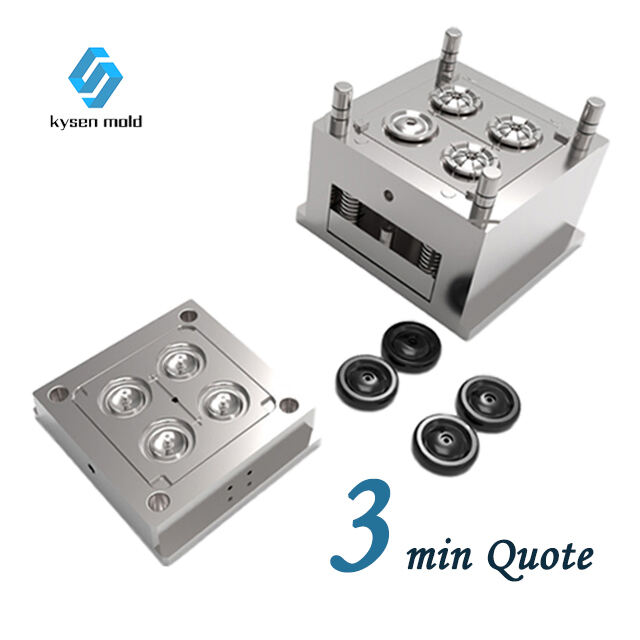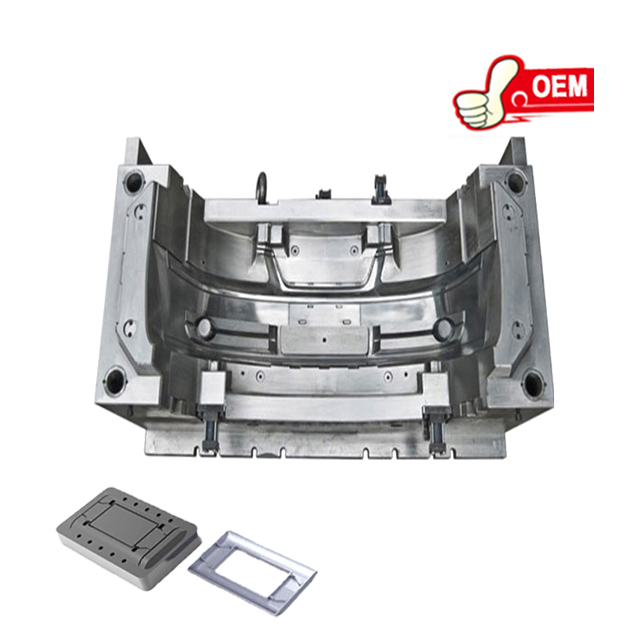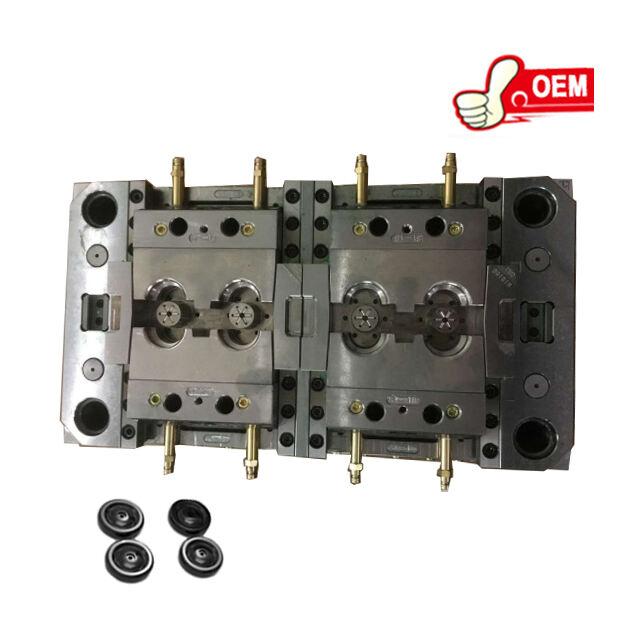mould plastic injection
Mould plastic injection is a highly sophisticated process used in manufacturing to produce parts and products by injecting molten plastic into a mould. The main functions of this technology include shaping, forming, and cooling the plastic until it solidifies into the desired shape. Technological features of mould plastic injection encompass precision engineering, automated controls, and high-pressure injection capabilities. This method ensures consistent quality and intricate details in the production of a wide range of items, from small components to large industrial parts. Its applications span across various industries, including automotive, electronics, medical, and consumer goods, making it an indispensable technique in modern manufacturing.


